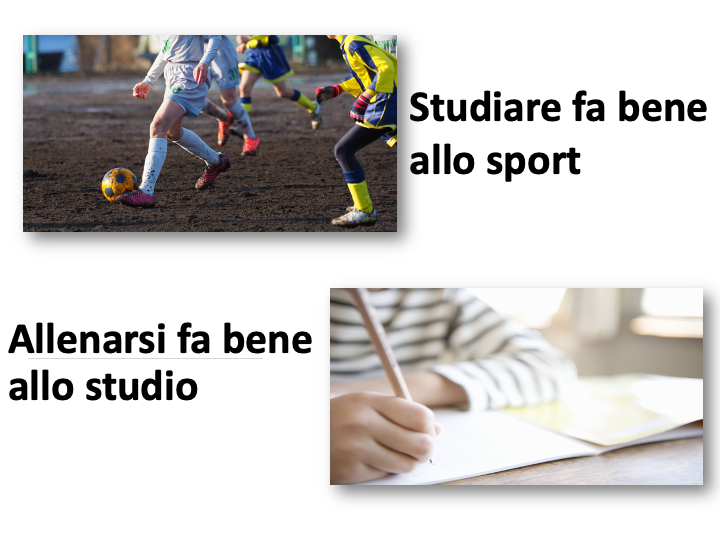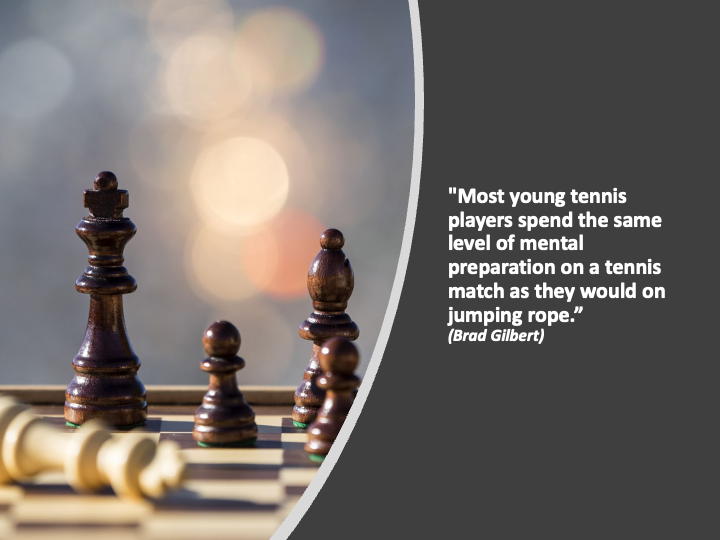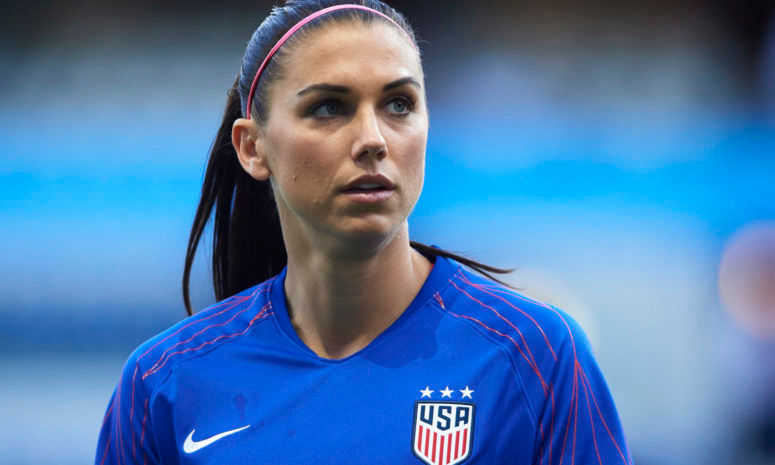The topic of how sport and motor activity participate in the development of young people should be one of the most discussed topics both by the scientific world and by sports organizations, in order to reinforce more and more the relationship between scientific data and applicative fallout in training programs. I have been very much involved in it since the time of the promotion of minivolley, in Italy, in the 1980s under the leadership of Carmelo Pittera and with other psychologists, developing a pathway that included the development of psychological skills such as global and motor self-esteem, motivation and collaboration, and how teachers should act in order to be effective in their work with children. For many years there was also within the School of Sports a great interest in this area, which led to the introduction of a new teaching called “Methodology of Sports Teaching,” precisely to emphasize the centrality not only of training programs but on an equal level of teaching strategies and techniques and systems for evaluating the behavior of coaches and youth. In my country in relation to nowadays, it seems to me that the centrality of youth development has become a topic certainly recognized as relevant but little studied. Above all, it seems to me that there is little knowledge and sharing of what is being done in the federations and major sports organizations on this topic. I am convinced that knowing how to do-do-letting to know continues to be a duty from those who work, so as to allow comparisons between ideas, practices, and results obtained. The opposite case leads to think that there is no data on which to compare and that the programs carried out are not disseminated for fear of receiving critical remarks, or perhaps more simply not disseminated out of intellectual laziness and lack of motivation toward this type of activity.
To stimulate the return to talk about this issue I report below a brief summary of an article from 2011 but still relevant, it reports a summary of approaches on the topic of positive youth development through sports and those who want through a search of the mentioned authors will be able to know their most recent investigations.
Nicholas L. Holt & Kacey C. Neely. (2011). Positive youth development through sport: A review. Revista Iberoamericana de Psicologia del Ejercicio y del Porte, 6, 299-316.
The concept of Positive Youth Development (PYD) has become a ‘hot topic’ in developmental and sport psychology in recent years.
Optimal development can be defined as ways of “enabling individuals to lead a healthy, satisfying, and productive life, as youth and later as adults, because they gain the competence to earn a living, to engage in civic activities, to nurture others, and to participate in social relations and cultural activities” (Hamilton, Hamilton, & Pittman, 2004).
Youth sport has been associated with numerous negative outcomes, including (but not limited to) issues associated with adults modeling inappropriate behaviors (Hansen, Larson, & Dworkin, 2003), the misuse of alcohol (O’Brien, Blackie, & Hunter, 2005), engagement in delinquent behaviours (Begg, Langley, Moffitt, & Marshall, 1996), and use of performance-enhancing drugs (Siegenthaler & Gonzalez, 1997). Competition with peers for positions on a team can lead to feelings of rivalry (Brustad, Babkes, & Smith, 2001) and impede youth from taking the perspective of others, interfering with moral development (Shields & Bredemeier, 1995). Youth sport participation has also been associated with increased fear and occurrence of injury (DuRant, Pendergrast, Seymore, Gaillard, & Donner, 1991). In fact, based on a review of literature, Morris, Sallybanks, Willis, and Makkai (2003) concluded there is a lack of robust evidence for influence of sport participation on positive development.
Compared to their peers who do not participate in sport, participants have reported higher levels of self-esteem, emotional regulation, problem-solving, goal attainment, and social skills (e.g., Barber, Eccles, & Stone, 2001; Eccles, Barber, Stone & Hunt, 2003; Richman & Shaffer, 2000). Sport participation has also been linked to a lower likelihood of school dropout, improved grade point averages, and higher rates of college attendance for low achieving and working class males (Eccles et al., 2003; Marsh & Kleitman, 2003). As Larson and Seepersad (2003) Nicholas L. Holt, & Kacey C. Neely observed, adolescents’ experiences in sport stand out from nearly all other activities (including socializing and schoolwork) in providing opportunities for enjoyment while they exert concerted effort toward a goal.
The external and internal assets specified for children have an increased emphasis on the role of parents in helping children develop the assets. For example, within positive values, it is suggested that adolescents should accept and take personal responsibility, whereas in childhood parents should encourage children to accept and take responsibility for their actions at school or at home.
…
They identified six domains of learning experiences that were divided into personal and interpersonal development. Personal development described developmental processes that occur within the individual and included three domains: identity work, the development of initiative, and emotional regulation. Interpersonal development described developmental processes that involved developing social connections. It included the domains of teamwork and social skills, positive relationships including acquiring prosocial norms and diverse peer relationships, and the development of adult networks and social capital.
…
They found that PYD was fostered when programs strengthened social, emotional, behavioral, cognitive, and moral competencies; built self-efficacy; shaped messages from family and community about clear standards for youth behavior; increased healthy bonding with adults, peers and younger children; expanded opportunities and recognition for youth; provided structure and consistency in program delivery; and intervened with youth for at least nine months or more. These themes are characteristics of high quality PYD programs.
The National Research Council and Institute of Medicine (2002) suggested eight features of developmental developmental contexts that are linked to PYD: (a) safe and health-promoting facilities, (b) clear and consistent rules and expectations, (c) warm, supportive relationships, (d) opportunities for meaningful inclusion and belonging, (e) positive social norms, (f) support for efficacy and autonomy, (g) opportunities for skill building, (h) coordination among family, school, and community efforts.








